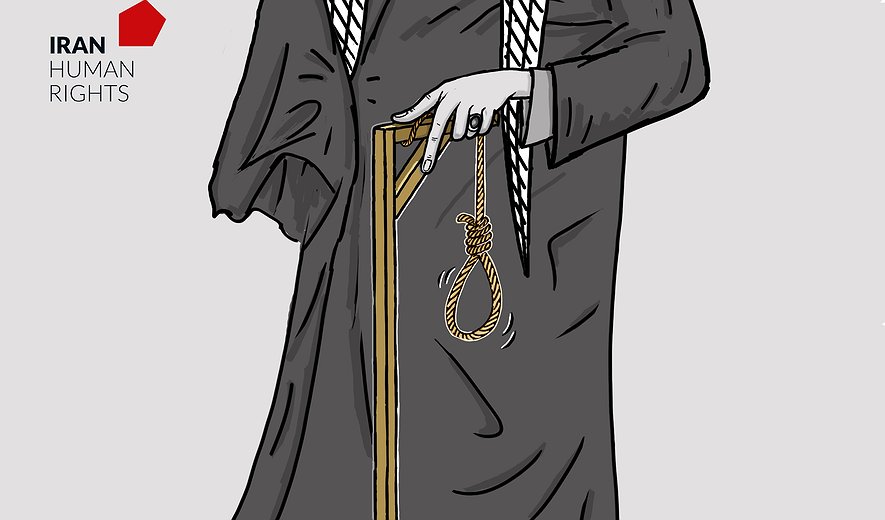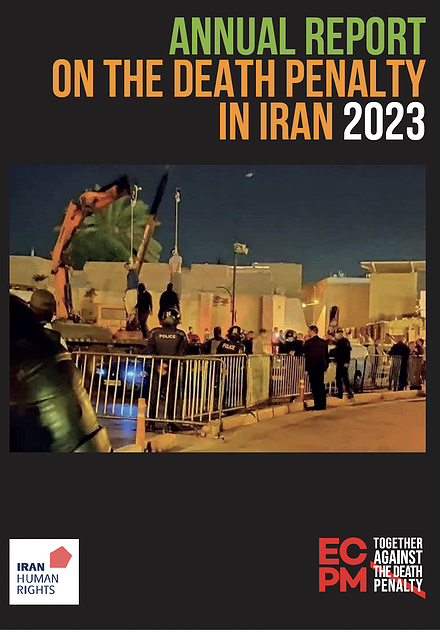Bahram Seyedzadeh and Davoud Barahouyi Executed in Qom

Iran Human Rights (IHRNGO); December 15, 2023: Bahram Seyedzadeh and Davoud Barahouyi were executed for drug-related charges in Qom Central Prison.
According to information obtained by Iran Human Rights, a man was executed in Qom Central Prison on 12 December. His identity has been established as 38-year-old Bahram Seyedzadeh from Tehran who had a young child. He was arrested for drug-related charges around two years ago and sentenced to death by the Revolutionary Court. He was transferred to the gallows from Ward 1 of the prison.
The execution of Abolfazl Abdolmaleki was previously reported at the prison that day, bringing the number of executions to two.
Another man was executed at the prison on 15 December. Davoud Barahouyi (pictured) was a 41-year-old Baluch man who was also on death row for drug-related charges.
At the time of writing, his execution has not been reported by domestic media or officials in Iran.
Ethnic minorities, the Baluch in particular, are grossly overrepresented in execution numbers in Iran. In 2022, at least 174 Baluch minorities including 3 women, were executed in 22 prisons across Iran, making up 30% of overall executions. This is while they represent just 2-5% of Iran’s population. Furthermore, at least 274 Baluch people have been executed for drug-related charges since 2021, 40% of all drug executions in that time period.
Drug-related executions have continuously risen every year for the past three years. At least 305 people were executed for drug-related charges between 1 January-10 October 2023, a 69% increase compared to the same period in 2022, and the number of drug-related executions in 2023 were close to 20 times higher than 2020.
The number of drug executions dramatically dropped in 2018 following a 2017 Amendment to the Anti-Narcotics Laws. Consequently, drug executions ranged between 24-30 per annum between 2018-2020. The Amendment was reversed in practice in 2021 when executions increased ten-fold to 126 in 2021 and doubled again in 2022 with 256 drug-related executions. On 13 September 2023, IHRNGO reported a 94% rise in the number of drug-related executions in the year following the start of the “Woman, Life, Freedom” movement in September 2022.

